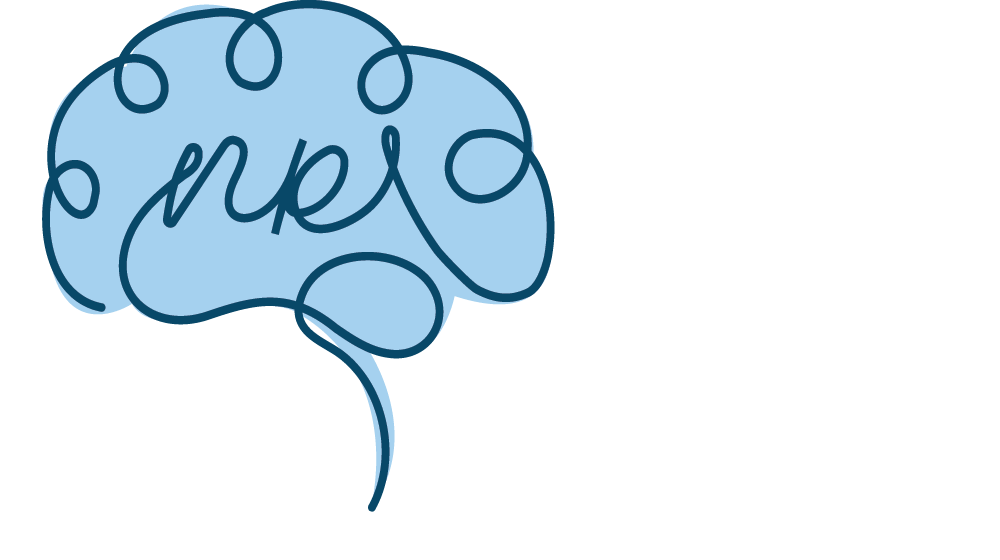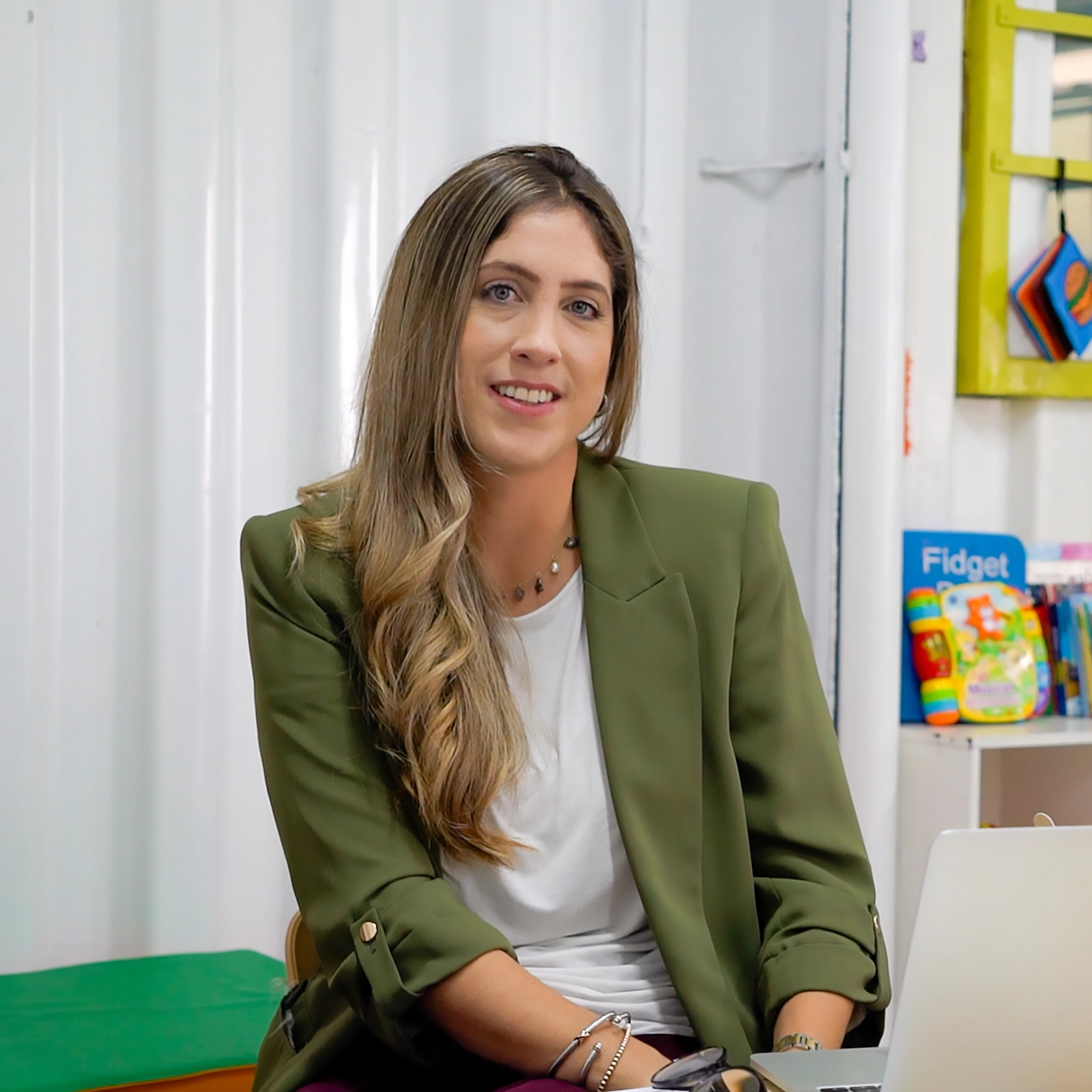By Nahomi, Educational Psychologist at Brain Matters
Every child is a unique learner. Some absorb information best through visual cues, others prefer to listen, and some need to move or touch things to truly grasp a concept. These learning preferences commonly categorized as visual, auditory, and kinesthetic are more than just academic buzzwords. They’re powerful tools to help us understand and support how each child processes the world.
In my work at Brain Matters, one of the most rewarding parts is helping families recognize their child’s unique learning style. This understanding often brings relief, especially when a child has been struggling in school despite being bright and motivated. For instance, a visual learner might benefit from graphic organizers or color-coded notes, while a kinesthetic learner might need hands-on activities or movement breaks to stay engaged.
Recognizing learning styles doesn’t mean putting children in boxes. Rather, it’s about creating a flexible and supportive environment where they can thrive. When children feel seen and understood in how they learn, their confidence grows, and so does their curiosity.
If your child is frustrated with learning, or if homework battles are becoming a daily struggle, take a step back and consider how they learn best. We’re here to help you discover that together.


